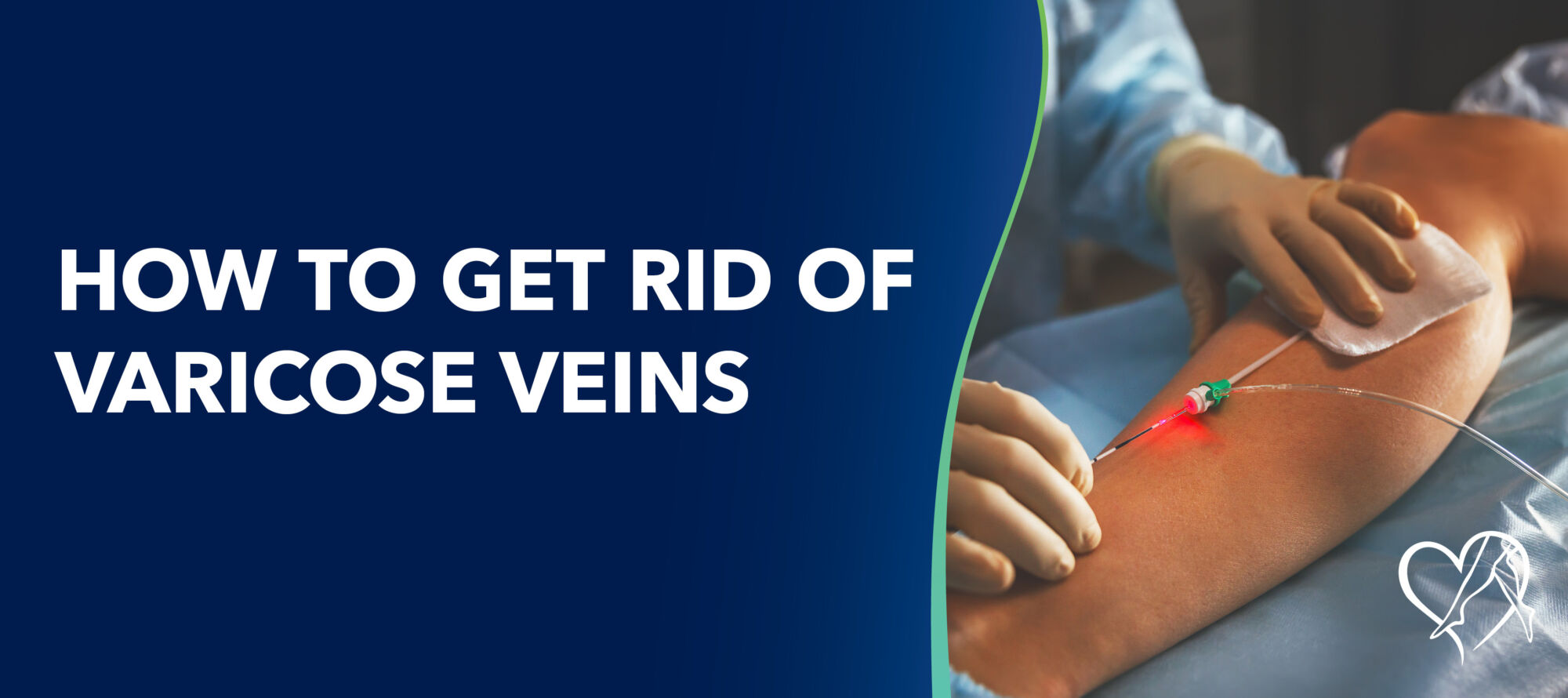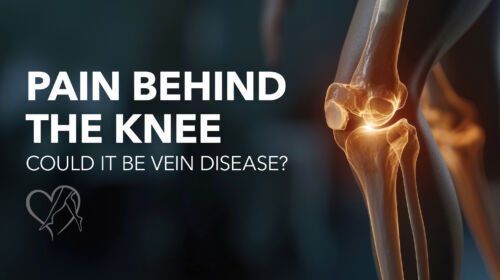

Your body’s circulation is similar to the plumbing in your house, with fresh incoming water pipes (arteries) and outgoing sewer lines (veins). Poor venous circulation can lead to uncomfortable and even serious leg problems, including varicose veins, swelling, and chronic venous insufficiency (CVI). This blog by Dr. Zoe Deol explains how the venous system works, what happens when it becomes compromised, and the steps you can take to improve circulation. Learn about early warning signs, lifestyle changes, and modern vein treatments that can restore healthy blood flow and prevent complications like venous ulcers and deep vein thrombosis (DVT).

Grounding mats may be marketed as a quick fix for varicose veins, but the science simply doesn’t support their claims. Varicose veins result from faulty vein valves, not poor circulation or weak calf muscles, meaning only medically proven treatments can effectively address the root cause. At Center for Vein Restoration, our board-certified vein specialists offer advanced, minimally invasive procedures that provide lasting relief—schedule a consultation today to get expert care for your vein health.

Caput medusae and varicose veins both involve swollen, visible veins, but they have distinct causes and implications. While caput medusae is a sign of advanced liver disease linked to portal hypertension, varicose veins result from venous insufficiency in the legs. This blog breaks down the key differences, symptoms, and treatment options, providing expert insights from Center for Vein Restoration. If you’re experiencing leg pain, swelling, or visible veins, CVR’s board-certified vein specialists offer customized, minimally invasive treatments to restore healthy circulation.

Lymphedema, lipedema, and obesity can all cause leg swelling, but they have distinct causes and require different treatments. Lymphedema results from lymph fluid buildup, lipedema is an abnormal fat disorder primarily affecting women, and obesity is a systemic condition that increases vein disease risk. Misdiagnosing these conditions can lead to ineffective treatment, making expert evaluation essential. Center for Vein Restoration specializes in diagnosing and treating vein-related swelling, helping patients find relief—schedule a consultation today

In this blog, we explore the connection between chronic venous insufficiency (CVI) and the increased risk of dangerous blood clots, including deep vein thrombosis (DVT) and pulmonary embolism (PE). Medically reviewed by Dr. Thomas Militano, a vein specialist at Center for Vein Restoration (CVR), the blog highlights the importance of early detection and treatment of CVI to prevent severe thrombotic events. With expert insights and actionable tips, we emphasize how proactive care from a vein specialist can reduce your risk and improve your vein health. Learn how to protect yourself and seek the right care to avoid life-threatening complications.

This blog explores the potential causes of veiny feet and whether visible veins are a sign of an underlying health issue. While prominent veins can be harmless, they may also indicate venous insufficiency, a condition that can lead to swelling, discomfort, and more serious complications if left untreated. The blog highlights common causes, such as aging, exercise, heat exposure, and varicose veins, while also outlining symptoms that warrant a consultation with a vein specialist. Readers are encouraged to seek expert care at Center for Vein Restoration, where board-certified vein specialists provide advanced, minimally invasive treatments to improve vein health and overall well-being.

This blog explores whether tattooing over spider veins is a viable solution, ultimately concluding that it can do more harm than good. It highlights the risks of tattooing over spider veins, including increased irritation, potential complications, and the concealment of underlying vein disease. Instead, it emphasizes the importance of professional vein treatment, such as sclerotherapy and laser therapy, which are minimally invasive, effective, and more affordable at Center for Vein Restoration than at many competitors. The blog also provides practical advice on preventing spider veins and encourages readers to seek expert care for both cosmetic and medical vein concerns.

This blog discusses how vein disease, such as varicose veins and chronic venous insufficiency, can cause pain behind the knee due to poor circulation and blood pooling. It highlights symptoms, diagnosis, and treatment options to manage pain and improve vein health.